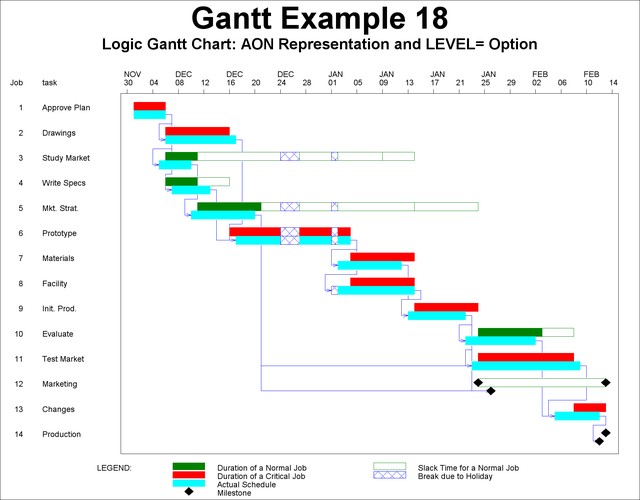
Because of the increasing demand for smaller lists for niche markets and localised campaigns, and because rapid delivery is becoming more important, lists are now also being sold online, sometimes with no minimum order, as is the case with MarketingFile.
About lists
There are thousands of lists on the market. Traditionally, lists have been obtained either direct from the list owner, from a list manager or from a list broker (see below for an explanation of each). You should allow a few days to a few weeks to obtain the data from these traditional sources and you will probably be obliged to purchase a minimum value of data – £500 to £1,000 is not unusual.
Because of the increasing demand for smaller lists for niche markets and localised campaigns, and because rapid delivery is becoming more important, lists are now also being sold online.
Elsewhere on the Internet, you can obtain details on specific lists (in the form of a data-sheet) on list owners’, managers’ and brokers’ web-sites. In some cases you can obtain rough counts, but very few web-sites allow you to actually purchase and download the data.
What is the difference between a list broker, a list owner and a list manager?
List owner
The person or organisation with proprietary rights in the list. This could be a publisher, a mail-order company or almost any type of business that has built a large database of contacts.
List manager
A person or organisation appointed by a list owner to market or sell its lists and to be the recipient for all enquiries and orders. The list manager receives a fee from the list owner.
List broker
A person or organisation that works on behalf of the purchaser of the list. They are responsible for recommending suitable lists and negotiating on their client’s behalf with the list owners and/or list managers. The broker’s income is normally derived from a brokerage commission based on the base rental value of the list(s) supplied.
Where do lists come from and how are they compiled?
There are several different types of lists available. They are created in a variety of ways and come from a number of different sources.
Business lists:
Compiled/researched lists – originate as publicly available information (e.g. Companies House data) and are further researched by the list owner.
Publisher lists – contain readers of magazines / books / publications. They may be subscribers (who pay for the magazine) or controlled circulation (who fill in the registration card and qualify for a free copy).
Mail order buyers/enquirers – These are buyers of products by mail order or from a newspaper advertisement. Generally these do not offer many selections, but you do know that these people are used to responding to offers.
Exhibition attendees – people who have filled in registration cards at exhibitions. The card tends to hold a varying amount of information about the individual but interest level in the subject area is known to be high.
Consumer lists:
Compiled lists – names of individuals taken from publicly available sources. Examples are professional registers or shareholder files.
Geo-demographic lists – are based on Electoral Roll data overlaid with census data, credit data and household classifications. Some information may be imputed by statistical means. These lists can supply large quantities of data in small geographic areas.
Lifestyle lists – are built from questionnaire information. Consumers give details of their homes, family composition, finances and interests. Typically the surveys collect up to 2,500 separate pieces of information about an individual. These are therefore the most highly selective lists.
Affinity/transaction & response based lists – are compiled as a result of a purchase, subscription, response or enquiry by a consumer, indicating an active interest in that product / service area.
How much does a list cost and are there any hidden charges?
The actual price of each list varies but the pricing principles tend to stay the same for traditional list owners, managers and brokers. There is usually a base rental per 1000 records (usually expressed as £x/000) – this can range from £50/000 – £500/000, plus any of the following;
- Selection £x/000 per selection made – e.g. £10 for each of age, income, etc
- Email address and other additional data items cost £x/000
- Delivery / Format charge – depending on whether you want an email, cd, etc
- Additional costs of Mailsort, keycoding and flagging (for a glossary of these terms please see the Royal Mail web-site at www.royalmail.co.uk).
Another example of list pricing is the way in which MarketingFile structure it. With no minimum order and an online, instant download data tool, MarketingFile can cost per record.
What sort of response should I expect?
Many factors will affect your response rate, including the list used, the offer, the creative work, the copy, the timing of the mailing and so on.
The Direct Mail Information Service (DMIS) publishes figures on response rates to different campaigns on its web-site. However many of these campaigns will have been done by large marketing departments using top advertising agencies and copywriters.
Rather than spending your entire budget on a large campaign that delivers a poor response, it is best to test your campaign first on a smaller quantity.
What is a reasonable level of gone-aways?
Some level of undeliverable addresses or gone-aways is inevitable. People and companies move or die and even the most up-to-date list will contain some inaccuracies. Your list supplier should make you aware of their policy for the reimbursement of goneaways.
After you have used the list
You must return any gone-aways to the list-owner. This enables the list to be updated and may entitle you to a refund if gone-aways have exceeded the warranty level. Ensure that any further use of the list is allowable under the terms of the licence.
Buying a list
Consider the following when buying a list;
Cleaning your lists and databases
It is your responsibility to ensure that you do not contact people who have indicated that they do not wish to hear from you. In the UK, your list must therefore be cleaned against the various opt-out files;
- The Telephone Preference Service (TPS & CTPS) is a list containing numbers of individuals – i.e. consumers, sole traders and (except in Scotland) partnerships, and businesses who must not be called unsolicited.
- The Fax Preference Service (FPS) list contains the numbers of companies that must not be faxed. Individuals (as defined for TPS) must never be faxed unsolicited.
- The Mailing Preference Service (MPS) list contains the details of consumers that should not be mailed. This is an industry guideline rather than a legal requirement. The file is updated every 3 months.
- Additional costs of Mailsort, keycoding and flagging (for a glossary of these terms please see the Royal Mail web-site at www.royalmail.co.uk).
In addition it is good practice and commercial sense to clean your lists against the lists of people who have either moved or died. It is very distressing for the bereaved to receive mail or calls for a deceased relative. Consumer lists should therefore be cleaned against one of the commercially available lists of people who have died.
Finally, the deliverability of a mailing depends on the accuracy of the addresses. Royal Mail’s Postcode Address File (PAF) is the definitive database of every deliverable address in the UK. It can be used to correct partial or inaccurate addresses in your list or database.
Enhancing your lists and databases
Would you like to know more about the people or companies on your customer database?
Using sophisticated matching techniques, all sorts of information can be appended to the names and addresses in your file, from simply adding a contact telephone number or email address to building a complete profile of your customer;
- Key business metrics such as turnover, number of employees, years in business and type of company activity can be appended to business lists.
- Socio and geo-demographic information such as income, home and car ownership, life-stage, family size and other lifestyle characteristics can be appended to consumer list.
Direct marketing legislation
There are a number of laws and self-regulatory guidelines covering various aspects of direct marketing that you should be aware of;
- The Direct Marketing Association publishes Best Practice Guidelines for all UK direct marketers.
- Certain types of promotion should always be checked with the DMA before implementation (e.g. tobacco, gifts, premiums and awards, network marketing, cosmetics, slimming products). Advertising to minors is not allowed.
- The Data Protection Act requires companies and other organisations holding personal data to register the type of data held and its intended use.
- The Telecommunications Regulations enshrine the right of consumers and some organisations not to receive direct marketing calls or faxes.
- The Advertising Standards Authority. Is your marketing material “legal, decent, honest and truthful”?
- Some industries, e.g. Financial Services, are also regulated by their own bodies.



















